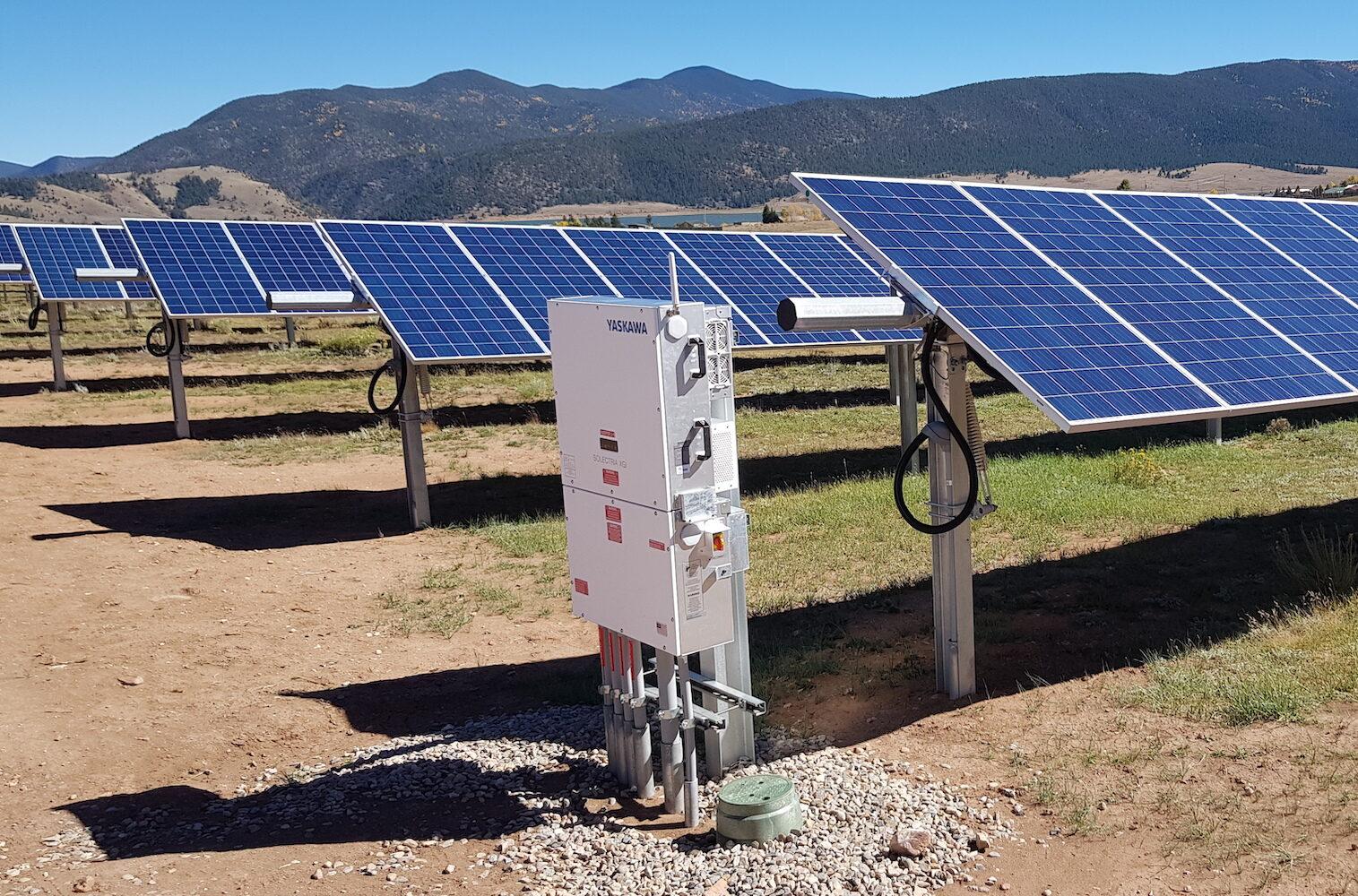The solar PV inverters market is experiencing a remarkable transformation as off-grid and rural electrification projects gain momentum across the globe. These initiatives are not only addressing the power access gap in remote and underdeveloped areas but are also catalyzing the widespread deployment of solar energy solutions. With solar energy emerging as a sustainable and cost-effective alternative to conventional power sources, the demand for efficient and robust PV inverters—particularly for off-grid applications—is rising significantly.
At the heart of every solar energy system lies the solar photovoltaic (PV) inverter, which converts direct current (DC) generated by solar panels into alternating current (AC) for usable electricity. As governments and international development agencies increasingly focus on rural electrification, the solar PV inverters market is poised for consistent growth. This overview explores the key dynamics, market drivers, technological advancements, and regional impacts shaping this sector.
Key Market Drivers: Bridging the Energy Access Gap
One of the primary forces propelling the growth of the solar PV inverters market is the push for energy inclusion. According to international energy reports, over 700 million people around the world still lack access to electricity, most of them residing in rural and isolated communities. Traditional grid expansion to these areas is often economically and logistically unfeasible, making decentralized renewable energy solutions such as off-grid solar systems a practical alternative.
This scenario creates a fertile landscape for the demand of off-grid PV inverters, which are essential for standalone systems that operate independently from the main utility grid. These inverters must be capable of handling fluctuating power loads, integrating with battery storage, and maintaining stability in environments with limited technical support. Manufacturers are responding with rugged, smart, and highly adaptable inverter solutions that meet these unique requirements.
Technological Innovations Supporting Rural and Off-Grid Solutions
Technological progress in the design and functionality of PV inverters is a major enabler of their expanding application in off-grid and rural projects. Today's inverters offer features such as:
-
Hybrid functionality, allowing integration with diesel generators or battery storage
-
MPPT (Maximum Power Point Tracking) algorithms that optimize energy conversion efficiency
-
Remote monitoring and diagnostics via mobile apps or IoT platforms
-
Scalability, allowing systems to grow with future energy needs
Such innovations make modern solar PV inverters not only more reliable but also more user-friendly and efficient—especially important in rural areas where skilled maintenance personnel may be scarce.
Government Policies and International Aid Driving Growth
National governments and international organizations are instrumental in promoting solar electrification in underserved areas. Numerous countries in Asia, Africa, and Latin America have launched electrification campaigns or subsidy programs that fund the deployment of mini-grids and standalone solar systems.
For instance:
-
India's Saubhagya Scheme aimed to bring electricity to all un-electrified households by supporting decentralized solar energy systems.
-
Sub-Saharan Africa has seen the rise of Pay-As-You-Go (PAYG) solar solutions, made viable through affordable inverters and battery technologies.
-
The World Bank and USAID continue to finance renewable energy projects, many of which rely on advanced inverter systems to ensure efficiency and reliability.
These initiatives are stimulating demand and enabling solar inverter manufacturers to tap into new markets with high growth potential.
Market Segmentation and Growth Prospects
The off-grid PV inverter market is segmented based on inverter type (string, central, micro, and hybrid), power rating, and application. While string inverters remain popular for small- and medium-sized installations, hybrid inverters are gaining attention for their flexibility in combining multiple energy sources.
Rural electrification projects often require low to medium power inverters, which are both cost-effective and sufficient for basic domestic and community-level energy needs. As digital literacy improves in these regions, the adoption of smart inverters with mobile-based monitoring capabilities is also increasing.
From a geographical standpoint:
-
Asia-Pacific leads the rural electrification drive, with India, Bangladesh, and Indonesia investing heavily in solar off-grid infrastructure.
-
Africa, particularly East and West African countries, presents one of the fastest-growing markets due to energy poverty and abundant solar resources.
-
Latin America is catching up with regional programs focused on Amazonian communities and mountainous regions.
Challenges and Opportunities Ahead
While the market outlook is optimistic, the solar PV inverters market in off-grid segments faces several challenges. These include:
-
Limited financing options for consumers and small businesses
-
Harsh environmental conditions affecting inverter durability
-
Lack of standardization in product offerings
However, these challenges also present opportunities for manufacturers and innovators. There's a rising demand for compact, weather-resistant, and easy-to-install inverters that cater to specific regional needs. Partnerships with microfinance institutions and NGOs can also create new business models for deployment and maintenance.
Conclusion: A Bright Future for Off-Grid Solar Inverters
The solar PV inverters market is being significantly influenced by the global push toward sustainable and inclusive energy. As off-grid and rural electrification projects gain momentum, the demand for tailored inverter solutions is expected to accelerate. Manufacturers that focus on innovation, affordability, and adaptability will be well-positioned to thrive in this expanding market. With continued government backing and technological evolution, solar inverters are set to play a pivotal role in illuminating the world’s most remote corners.



